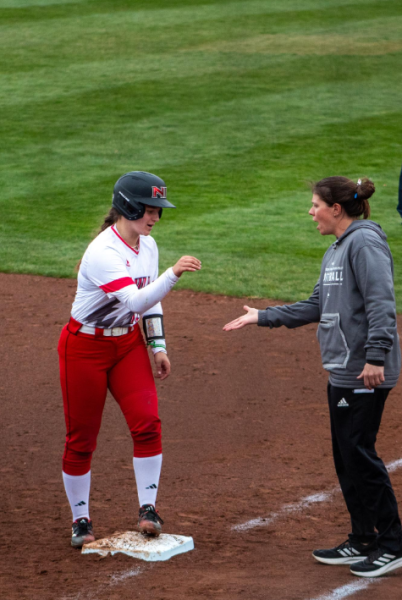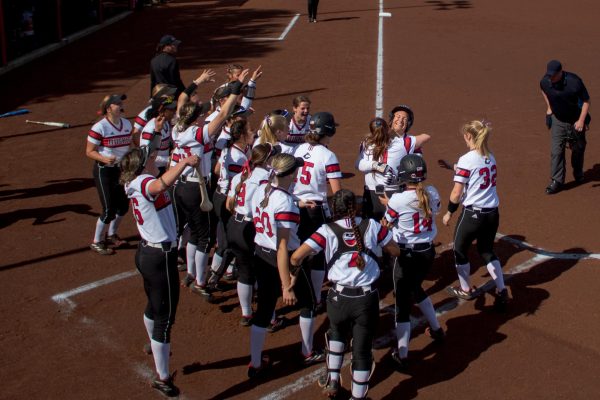Serena’s Influence Bounces Outside of the Court
September 19, 2018
Over the course of her career, professional tennis player Serena Williams has won 72 career single titles, 23 double titles and two double times, according to CNN. This report also includes her 39 Grand Slam titles, which consists of 23 single titles and 14 double titles, making her an extremely accomplished woman.
Nevertheless, despite the accolades and seniority she currently holds in tennis, what prevents her from being taken seriously or having her success completely overlooked is her womanhood.
Before Williams was set to play in the French Open, French Tennis Federation President Bernard Giudicelli decided to put in place a dress code. He banned the wearing of leotards saying, “One must respect the game and the place.”
On Aug. 27, CNN reported that Giudicelli’s new rule would directly affect Williams because the banned wardrobe is her signature athletic wear.
Not only does the attire boost her confidence, but the tennis player said in a CNN article, “I feel like a warrior in it, like a warrior princess, a queen from Wakanda maybe.” It also helps blood circulation, which is crucial for Williams after experiencing blood clots following the birth of her baby.
Williams and the average working woman deal with the same misogynistic ordeals that take place in a work environment.
The sexualizaton of the female body is dangerous and prevalent to many women.
Stop Street Harassment, a sexual harassment prevention nonprofit, conducted an online survey that showed 81 percent of women have experienced some type of sexual harassment throughout their lives. This number includes physical harassment, cyber harassment and sexual assault.
Watching Williams go through the same ordeals that regular women experience sheds light on just how much of a norm it is for women in our society to face these types of challenges.
Her success is plentiful, yet it continues to be overshadowed by misogynistic actions. Williams’ experience may be unique to her, but what these actions represent overall is an experience that is shared with many women across the nation.













